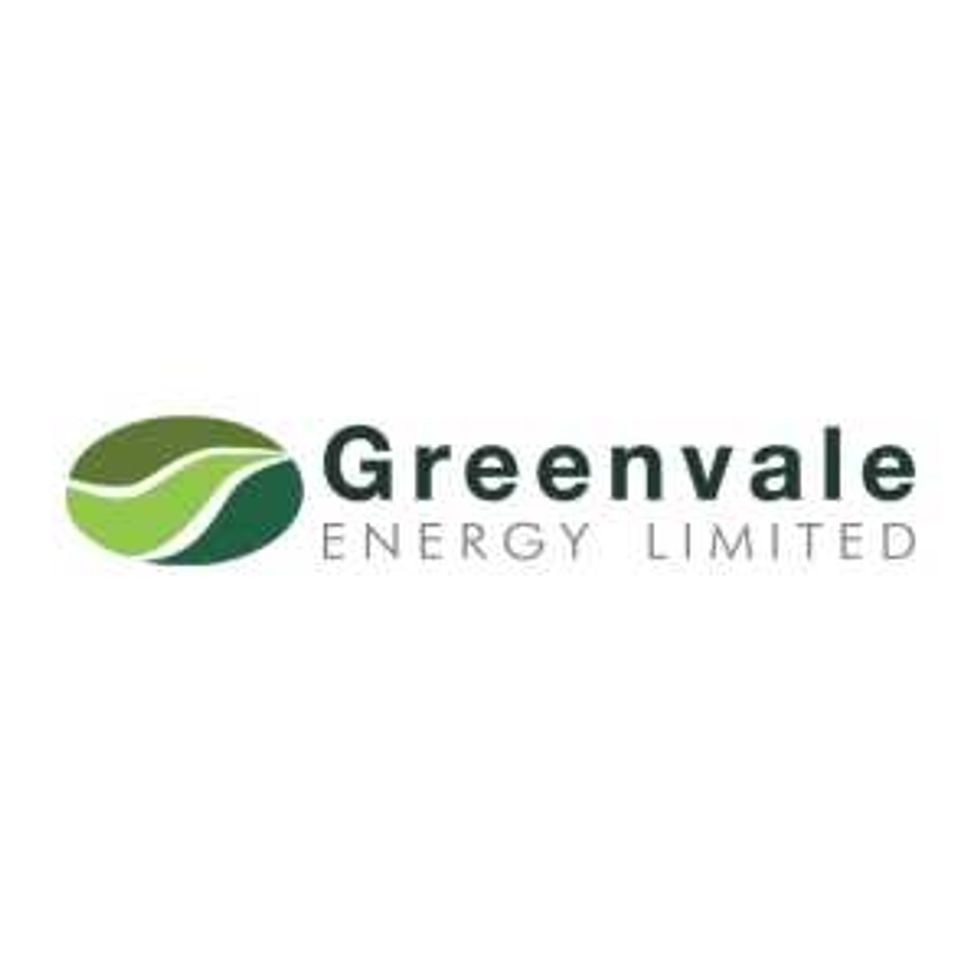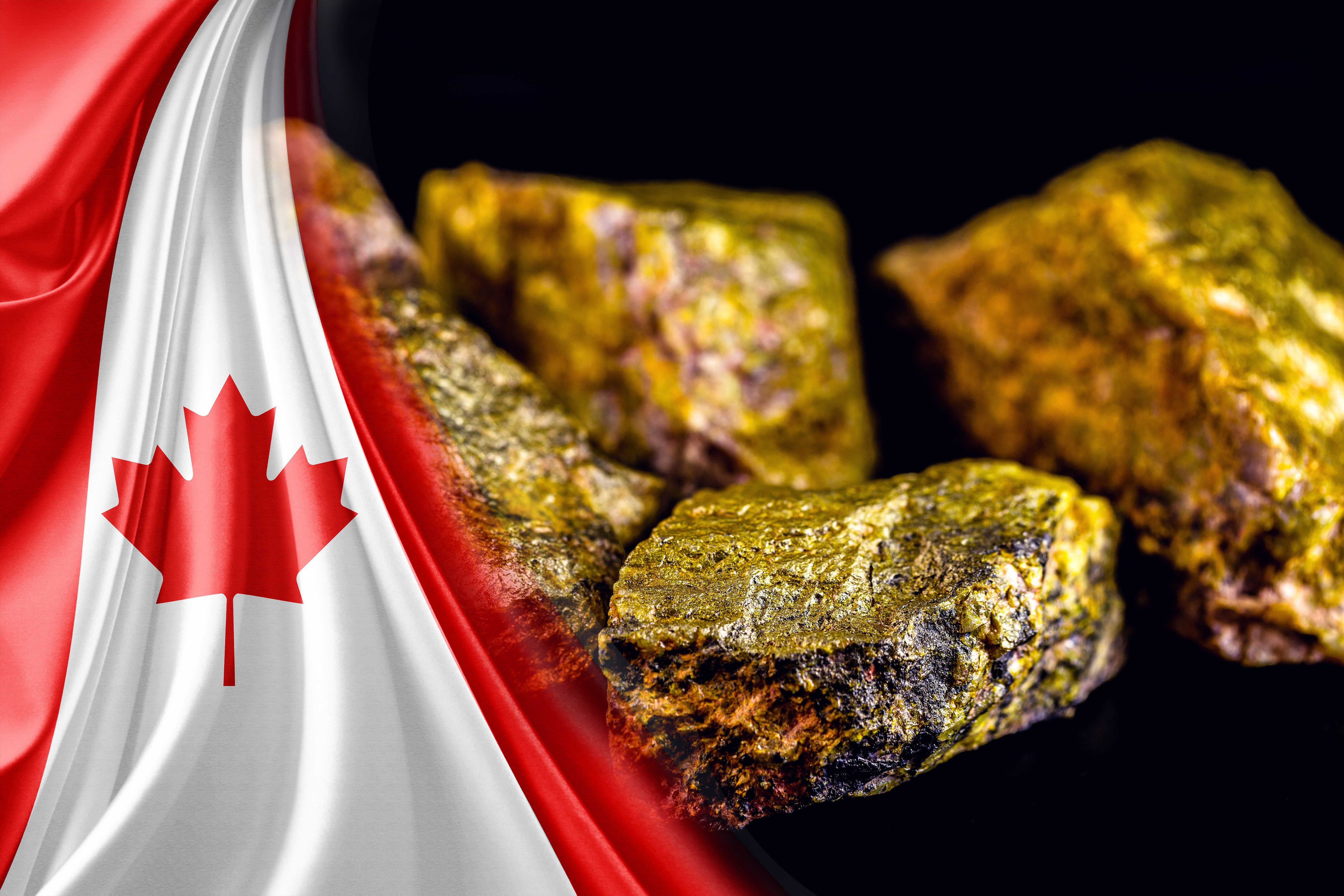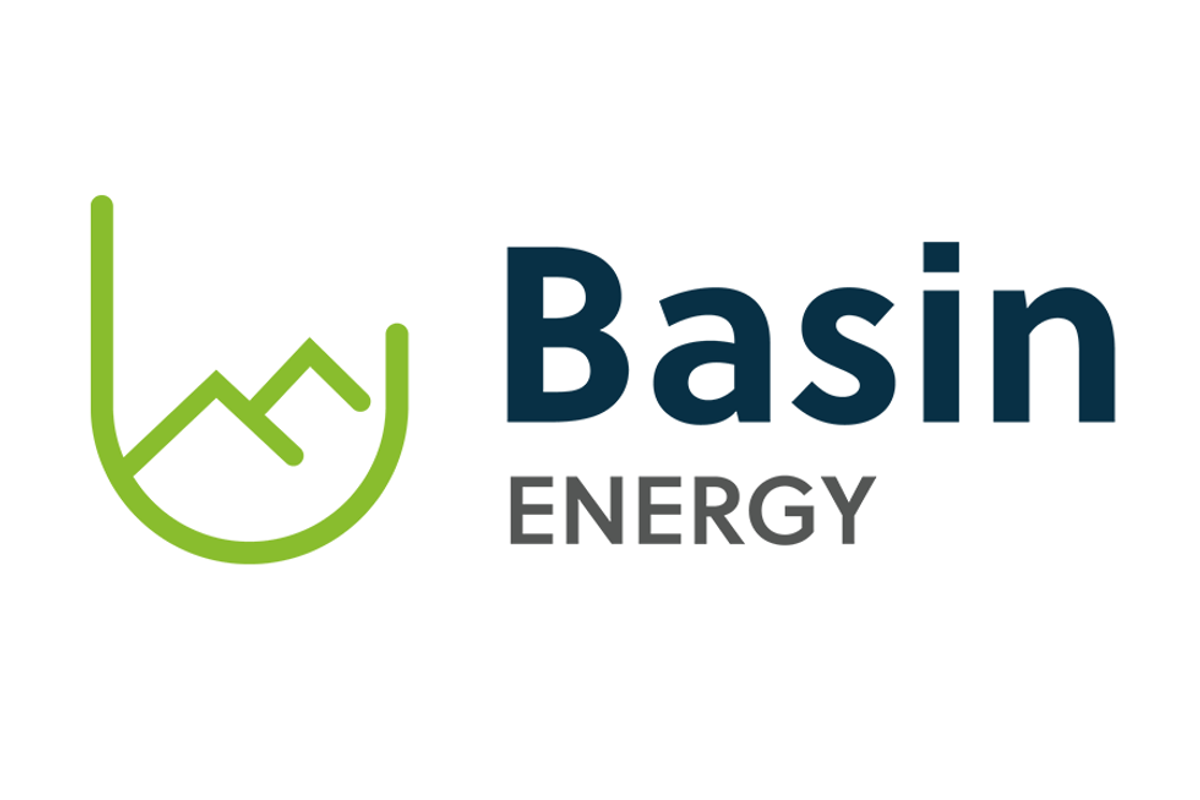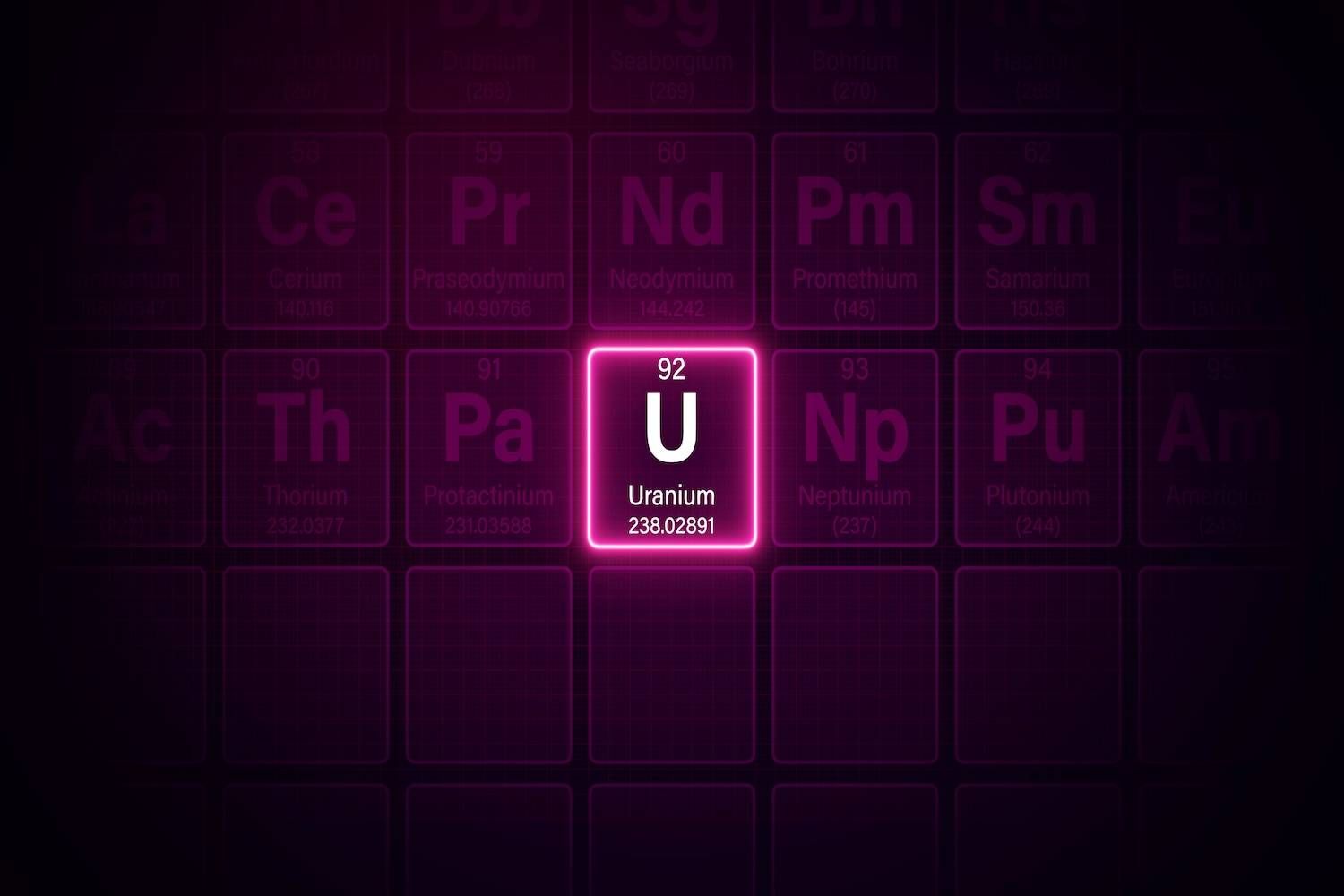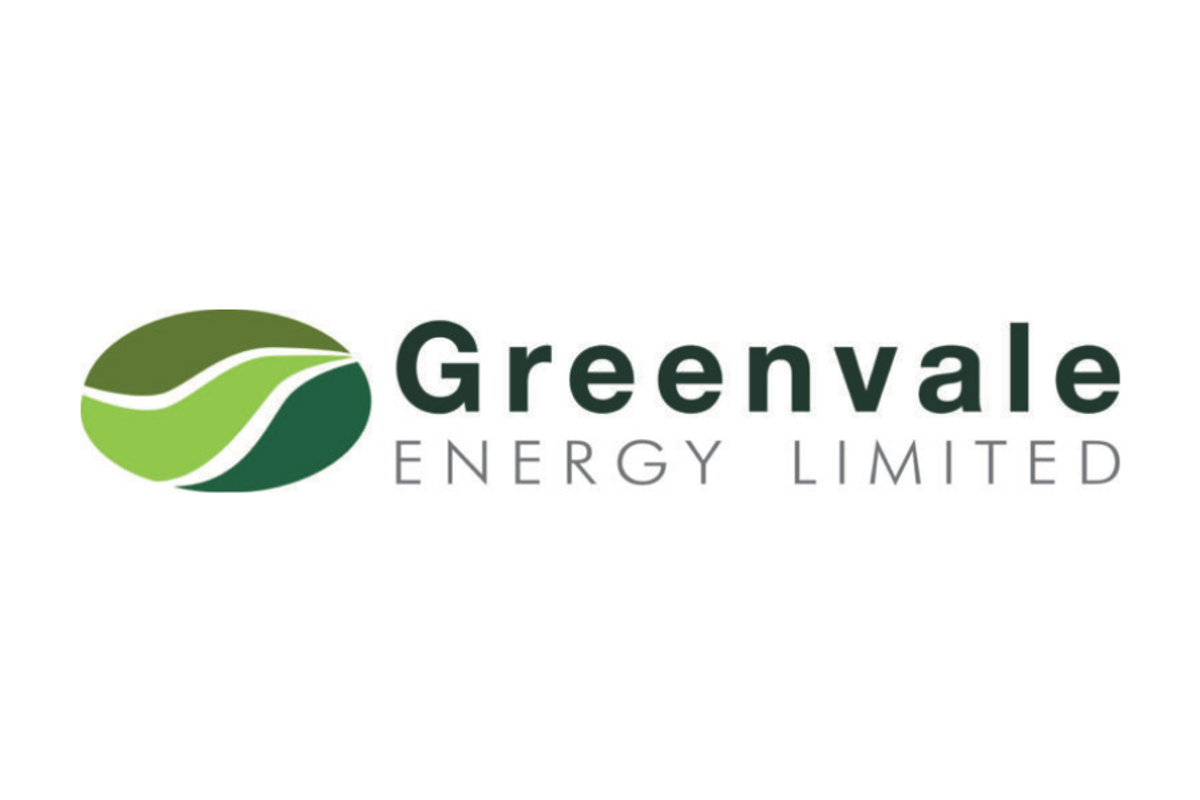
May 27, 2025
Greenvale Energy (ASX:GRV) provides investors with a compelling entry point into the high-growth nuclear energy sector through its highly prospective uranium exploration projects. These are complemented by strategic assets with significant bitumen and renewable geothermal energy potential—all backed by a seasoned management team with a strong track record of delivering shareholder value.
Greenvale is building a diversified portfolio of projects aimed at advancing a sustainable, low-carbon energy future. The company’s assets include early-stage uranium projects in the Northern Territory, the advanced-stage Oasis uranium project in Queensland, and the Alpha Torbanite and Millungera Basin geothermal projects, also in Queensland.
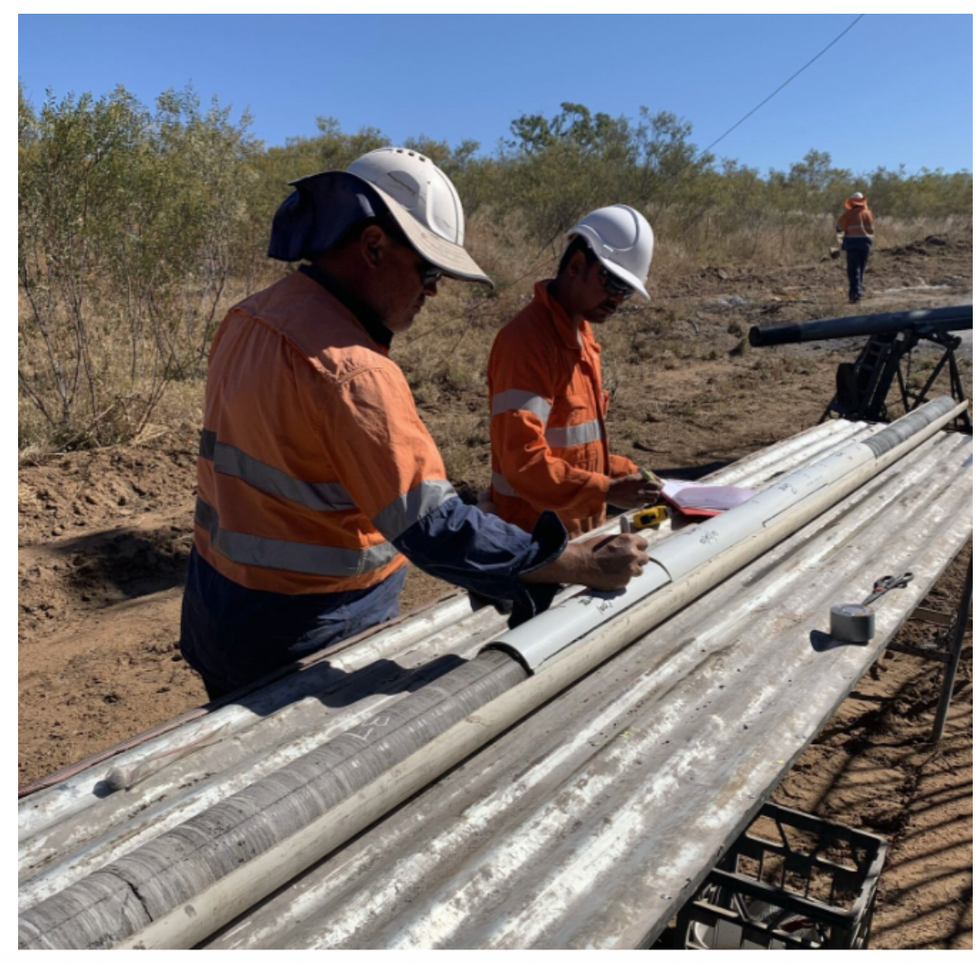
The Alpha Torbanite Project presents a strategic opportunity for Greenvale Energy to support Australia’s infrastructure sector by providing a domestic source of bitumen—a critical material currently supplied entirely through imports. The project hosts a significant Inferred Resource of 28 million tonnes of torbanite and cannel coal, positioning Greenvale to potentially secure a meaningful share of the national bitumen market, which is estimated at around 1 million tonnes annually.
Company Highlights
- Uranium exploration portfolio across the Northern Territory and Queensland
- Advanced-exploration, high-grade Oasis project with intercepts up to 0.72 percent U3O8 (15.8 lbs/ton)
- Strategic coverage of the Northern Territory, with four uranium projects targeting sandstone hosted and unconformity style deposits
- Alpha Torbanite project with 28 Mt inferred resource, positioned to be the only local producer that can supply Australia’s bitumen market (consuming ~1 Mt annually through 100% imported material)
- Millungera Basin geothermal project with potential for 3.4 GW continuous power generation
- Experienced board and management team, Chaired by Neil Biddle, founding director of Pilbara Minerals
- Substantial R&D grant support for the Alpha Torbanite project, having successfully secured over $3 million in non-dilutive grant funding
- Projects aligned to the long-term zero-carbon energy transition
This Greenvale Energy's profile is part of a paid investor education campaign.*
Click here to connect with Greenvale Energy (ASX:GRV) to receive an Investor Presentation
GRV:AU

Sign up to get your FREE
Greenvale Energy Investor Kit
and hear about exciting investment opportunities.
- Corporate info
- Insights
- Growth strategies
- Upcoming projects
GET YOUR FREE INVESTOR KIT
The Conversation (0)
27 May
Greenvale Energy
Strategic exploration of prospective uranium assets in Queensland and the Northern Territory
Strategic exploration of prospective uranium assets in Queensland and the Northern Territory Keep Reading...
01 October
Oasis Uranium Propsectivity Report
Greenvale Energy (GRV:AU) has announced Oasis Uranium Propsectivity ReportDownload the PDF here. Keep Reading...
16 September
Chemical assay confirms high-grade uranium
Greenvale Energy (GRV:AU) has announced Chemical assay confirms high-grade uraniumDownload the PDF here. Keep Reading...
04 September
High-Grade Uranium from drilling at Oasis
Greenvale Energy (GRV:AU) has announced High-Grade Uranium from drilling at OasisDownload the PDF here. Keep Reading...
31 August
Commencement of Henbury Field Program
Greenvale Energy (GRV:AU) has announced Commencement of Henbury Field ProgramDownload the PDF here. Keep Reading...
26 August
Strong Start to Maiden Drill Program at Oasis
Greenvale Energy (GRV:AU) has announced Strong Start to Maiden Drill Program at OasisDownload the PDF here. Keep Reading...
19 December
Ben Finegold: Uranium in 2026 — Price Outlook, Plus Stocks, Supply and Demand
Ben Finegold, head of research at Ocean Wall, shares his 2026 outlook for uranium supply, demand and prices, emphasizing that the nuclear energy story remains strong. While 2025 brought little movement in the spot price, he believes the stage is set for higher numbers. Don't forget to follow us... Keep Reading...
19 December
Denison, Skyharbour Finalize Saskatchewan Uranium Joint Venture Deal
Denison Mines (TSX:DML,NYSEAMERICAN:DNN) has closed a previously announced deal with Skyharbour Resources (TSXV:SYH,OTCQX:SYHBF) that repurposes a large block of uranium exploration ground surrounding Denison's flagship Wheeler River project in Northern Saskatchewan.The recent transaction... Keep Reading...
18 December
5 Best-performing Canadian Uranium Stocks of 2025
The uranium market moved through 2025 with less drama than the previous year, but the quieter tone masked a sector where supply is still tightening beneath the surface. After 2024’s surge to two decade highs, U3O8 prices traded in a narrower range in 2025, slipping to a low of US$63.71 per pound... Keep Reading...
18 December
Resource Expansion Drilling Confirms 3,000 metres of New Uranium Trends with Best Drill Hole of 1.4 GT over 7.6 metres
Resource expansion drilling of 50 holes completed at Lo Herma as planned yielding significant mineralised extensions over 3km to the north of proposed Mine Units 1 and 2. Drilling delivered AMU’s strongest intercept to date ahead of 2026 MRE and Scoping Study updates at AMU’s flagship Lo Herma ISR Uranium Project in Wyoming’s Powder River Basin.
American Uranium Limited (ASX:AMU, OTC:AMUIF) (American Uranium, AMU or the Company) is pleased to advise that 2025 resource expansion drilling at its Lo Herma ISR uranium project in Wyoming’s Powder River Basin (Lo Herma, the Project) has been completed according to plan with the drilling of 50... Keep Reading...
17 December
Completes phase one drilling and expands Sybella-Barkly
Basin Energy (BSN:AU) has announced Completes phase one drilling and expands Sybella-BarklyDownload the PDF here. Keep Reading...
17 December
Top 5 Uranium News Stories of 2025
Uranium prices stayed fairly steady in 2025, but experts agree its long-term outlook is compelling, Demand picked up from reactor restarts, new nuclear construction projects and growing interest in small modular reactors. Meanwhile, supply constraints continued as miners faced issues ramping up.... Keep Reading...
Latest News

Sign up to get your FREE
Greenvale Energy Investor Kit
and hear about exciting investment opportunities.
- Corporate info
- Insights
- Growth strategies
- Upcoming projects
GET YOUR FREE INVESTOR KIT
Interactive Chart
Latest Press Releases
Related News
TOP STOCKS
American Battery4.030.24
Aion Therapeutic0.10-0.01
Cybin Corp2.140.00
